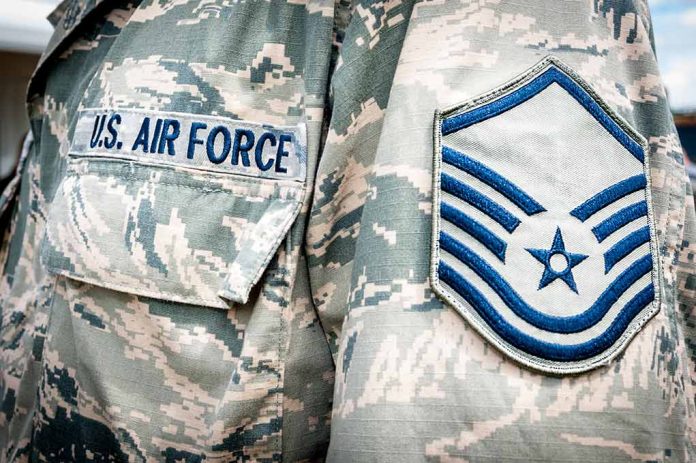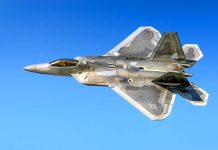
The U.S. Air Force is set to redeploy its controversial Osprey aircraft within weeks, following extensive safety checks and mechanical fixes prompted by a deadly crash last year.
At a Glance
- Air Force Special Operations Command plans to redeploy Osprey aircraft globally within weeks after grounding
- Approximately 60% of the fleet and aircrew have returned to flying status
- The grounding followed a November CV-22 Osprey crash in Japan that killed eight airmen
- Families of crash victims remain skeptical about the aircraft’s safety
- The entire fleet is expected to be operational by early next year
Osprey Set to Return to Service
The U.S. Air Force is preparing to redeploy its fleet of Osprey aircraft, a move that comes after months of grounding and rigorous safety checks. The decision follows a tragic crash in Japan last November that claimed the lives of eight airmen, raising serious concerns about the aircraft’s reliability. Lt. Gen. Michael Conley, commander of Air Force Special Operations Command, has expressed confidence in the aircraft’s improved safety measures.
Despite the reassurances from military leadership, families of those lost in previous crashes remain apprehensive. The Osprey, known for its unique tiltrotor design allowing both vertical takeoff and horizontal flight, has had a troubled history, with four fatal crashes in the past two years resulting in 20 service member deaths.
Air Force Ospreys Set to Again Deploy Abroad After Deadly Crash, But Concerns Linger on Mechanical Issues https://t.co/NHIFmxdPXd
— Military.com (@Militarydotcom) September 18, 2024
Safety Measures and Operational Readiness
According to Lt. Gen. Conley, about 60% of the Osprey fleet has been cleared to fly, with a similar percentage of aircrew returned to full duty. The Air Force is taking a cautious approach to redeployment, with safety checks ongoing and approximately three Ospreys being cleared for flight every 10 days. The entire fleet of 51 CV-22s is expected to be fully operational by late 2024 or early 2025.
“Air Force Special Operations Command said Wednesday that it’s just a matter of weeks before the service’s Osprey aircraft will again be deployed to combatant commanders across the globe following a grounding and safety checks triggered by a deadly crash last year,” per Military.com.
In response to safety concerns, Naval Air Systems Command (NAVAIR) has implemented restrictions, limiting Ospreys to flying no more than 30 minutes from a suitable landing spot. This precautionary measure aims to reduce risks associated with potential mechanical failures during flight.
Addressing Mechanical Issues
The November crash that prompted the grounding was attributed to a mechanical issue in the aircraft’s gearbox, a problem identified as early as 2013. This revelation has led to increased scrutiny of the Osprey’s maintenance and safety protocols. The Air Force Special Operations Command has updated its policies on responding to “chip burn” lights, a warning system for potential gear failures.
“What kept us grounded is not necessarily what got us grounded in the first place,” Conley told reporters Wednesday at an Air Force conference in Maryland.
Despite these measures, some families of crash victims remain unconvinced. One family member expressed their ongoing concerns, stating, “Our hearts go out to the families of the next unlucky Osprey crew. Words cannot do the experience justice, but know that the Osprey families are here for you.” This sentiment underscores the continuing apprehension surrounding the aircraft’s safety record.
As the Air Force moves forward with its plans to redeploy the Osprey, the focus remains on ensuring the safety of service members while maintaining operational readiness. The coming weeks and months will be crucial in demonstrating whether the implemented changes and safety measures are sufficient to prevent future tragedies and restore confidence in this unique and controversial aircraft.










